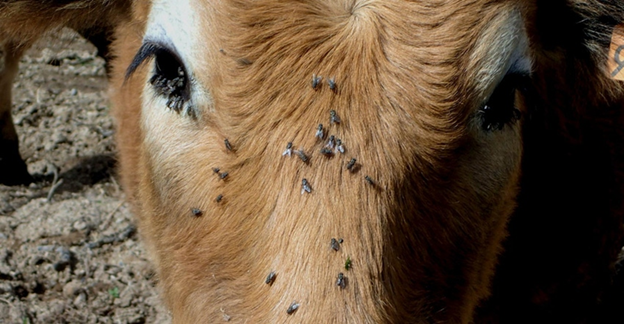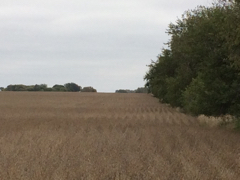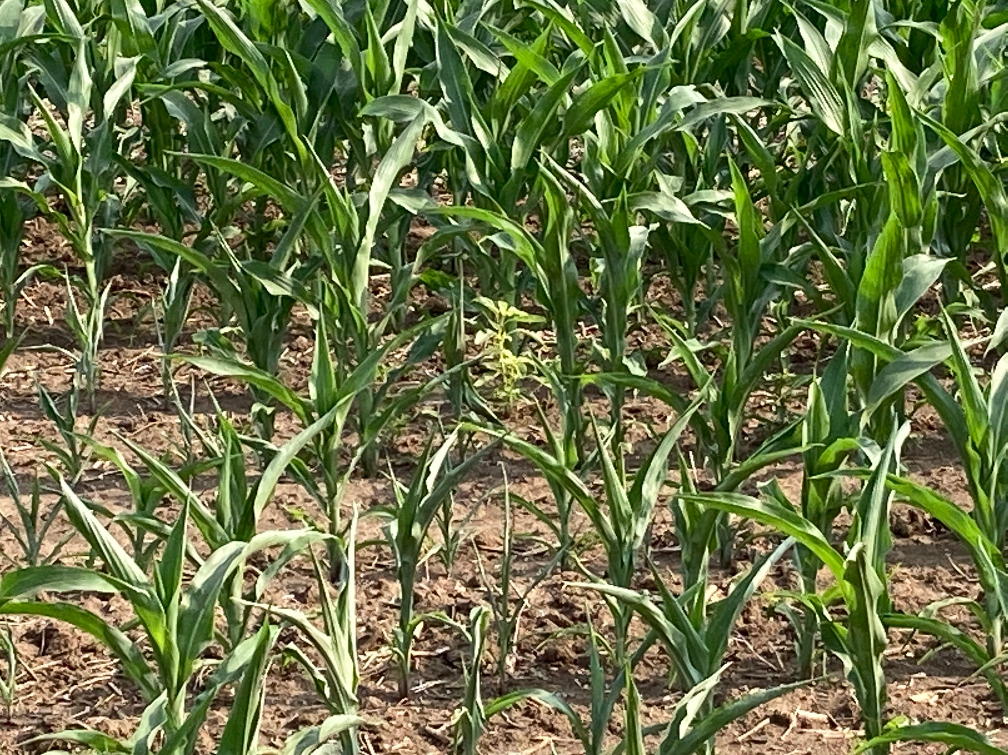|
Fly Control |
|
| By Brooke Brunsvig, Nutritional Consultant | |
|
|
|
|
We are coming into fall and all that means – silage, harvest, and working and weaning calves. Often when it comes to fly control, now or soon is when many will quit feeding it since it will soon freeze, but Central Life Sciences, the makers of Altosid and Clarifly, recommends starting feed through fly control (Clarifly or Altosid) 30 days before average daily temperatures hit 65 degrees and continuing for 30 days past the first fall frost. They refer to this as the 30/30 method. Feeding past the first frost accounts for unpredictable weather patterns to maximize control of overwintering fly pupae setting you up for earlier control of the fly population starting out in the spring. We have in many locations, or will get you, the appropriate mineral source to meet your goals. For late season pasture, there are some tubs with protein + fly control as well as protein tubs with all your vitamin and mineral needs built in when cows move to stalks. We again have 0% interest financing options for both Hubbard and Purina feeds. All of us at CFC aim to do our best for the profitability of your operation. |
|
| Busy Harvest | |
| By Hunter Behrens, Grain Originator, Lyons | |
|
|
|
|
You could call this week the calm before the storm with a few early planted beans beginning to be combined early this week. However, with the precipitation expected throughout the rest of the week it will more likely delay harvest till next week where I expect bean harvest to be in full swing. After a good growing season with most of the trade area seeing above average rainfall, I am anxious to hear good yields and expect a busy harvest. As far as the market goes, corn and beans started off strong rallying on Tuesday, but Wednesday’s session took most of that away. The main driving factor was the soy oil market dropping 115-140 points; it was oil’s first lower close in six sessions. December corn matched the high from Tuesday but couldn’t close at the high finishing nearly 3 cents lower and right on the hundred day moving average. The weakness in soybeans likely pulled corn with it. The market will continue to stay stagnant until we see more export demand in beans and if we see a shift in expected yield on corn. I hope everyone has a safe and speedy harvest. Any question, please reach out to your originator or elevator manager on marketing grain, harvest policies and hours this fall. |
|
| Weed Control | |
| By Clay Hespe, Agronomist, Tyndall | |
|
|
|
|
As we get closer to harvest, we can look back at the challenges that we had over the growing season. Weed control seems to be getting tougher each year. The best management practice is to layer residual herbicides with multiple modes of action as much as possible. For those troublesome fields or if we continue to be in a wet cycle, one of the applications to help with a start clean and stay clean field next spring may be a fall application of Valor herbicide. A 2-4oz rate of Valor will allow you to plant corn or soybeans in the spring at a reasonable cost. The best timing would be when soil temperatures get below 50 degrees but with everyone’s workload and the weather I would suggest towards the end of October. Waiting for the perfect timing might not allow us to get across all the acres. If you have any persistent thistle or marestail, glyphosate, 2,4-D or dicamba may be tank mixed as well. Talk to your local agronomist on how this may have a benefit for you. Have a safe harvest. |
|


